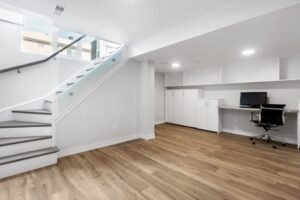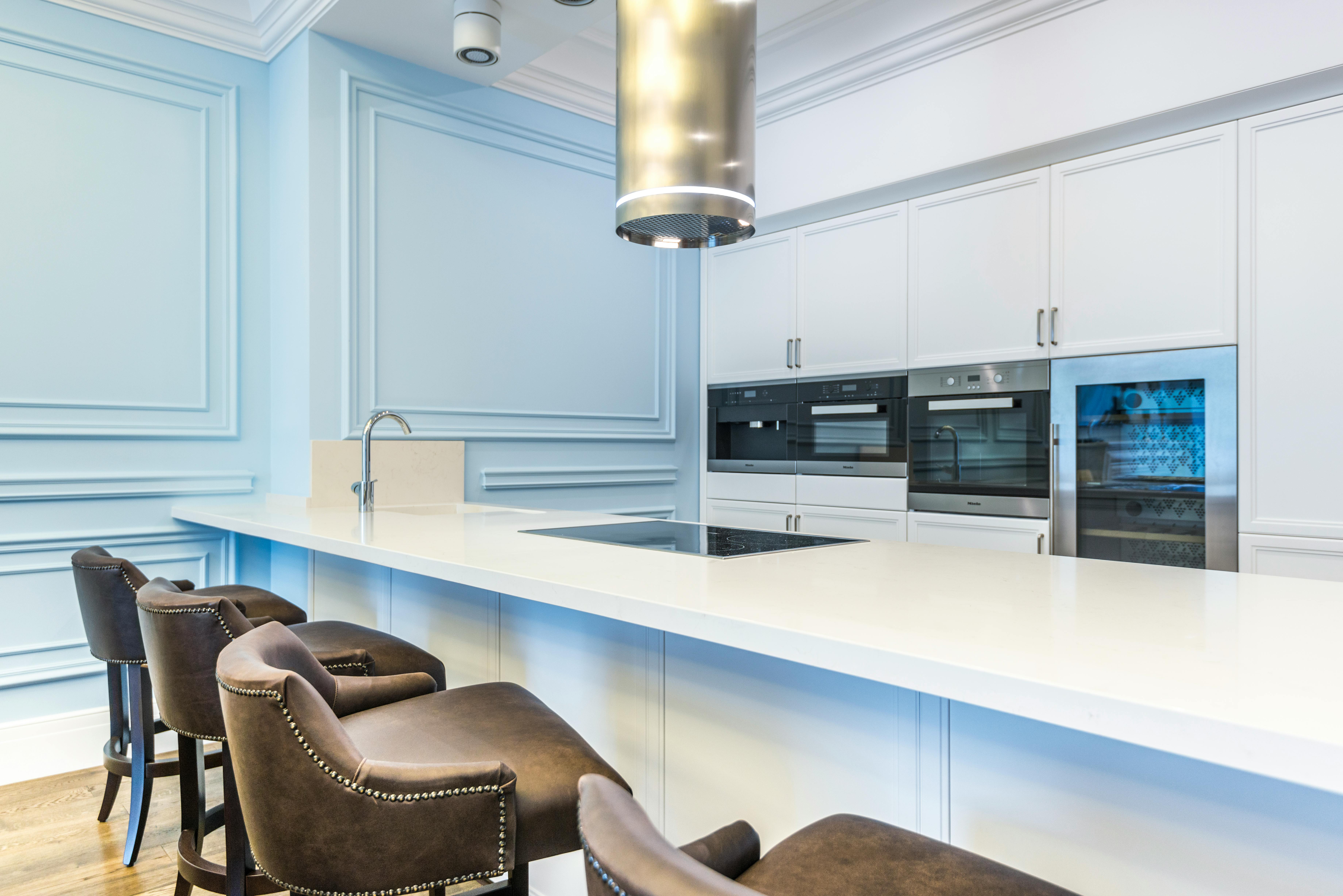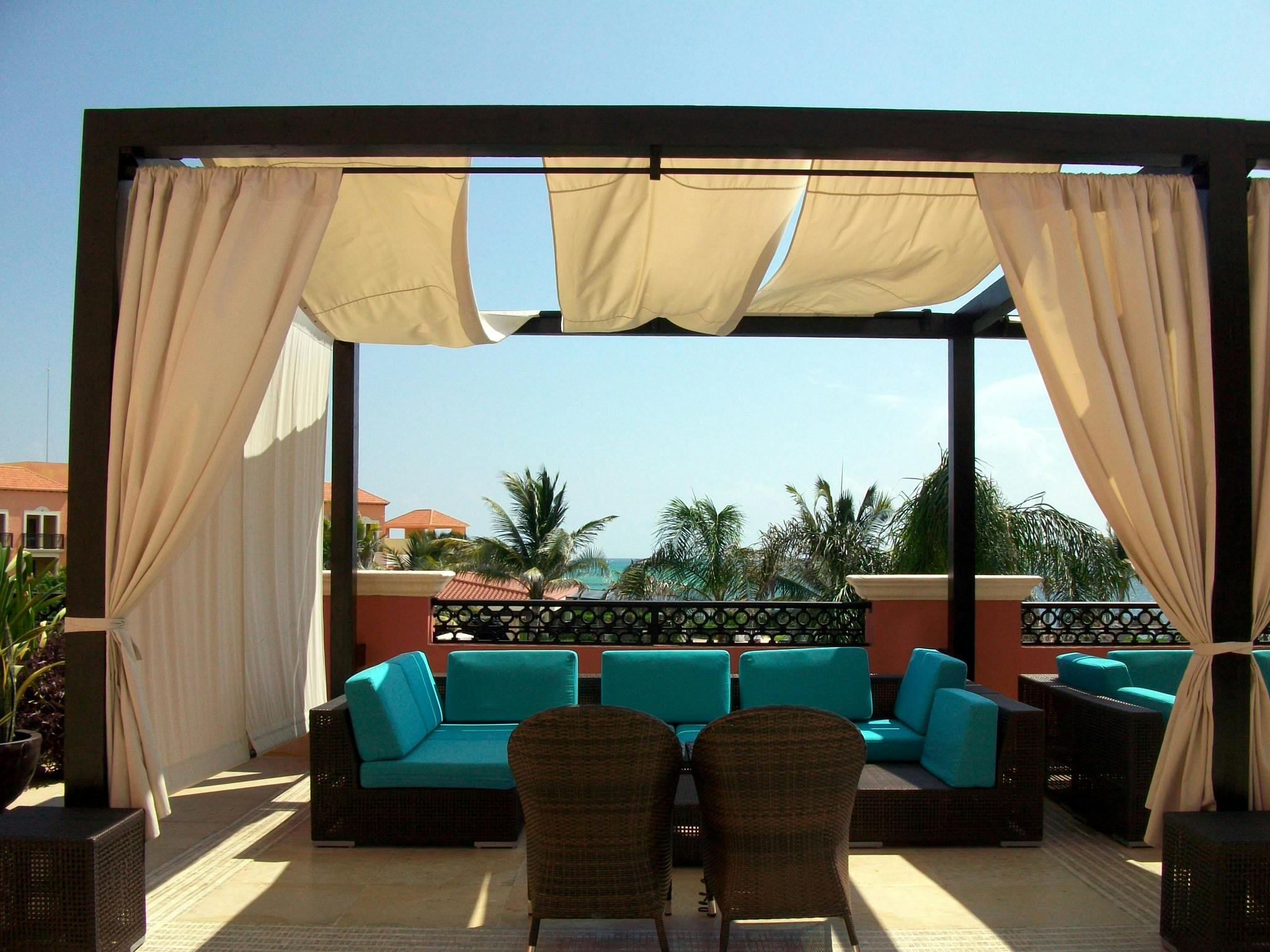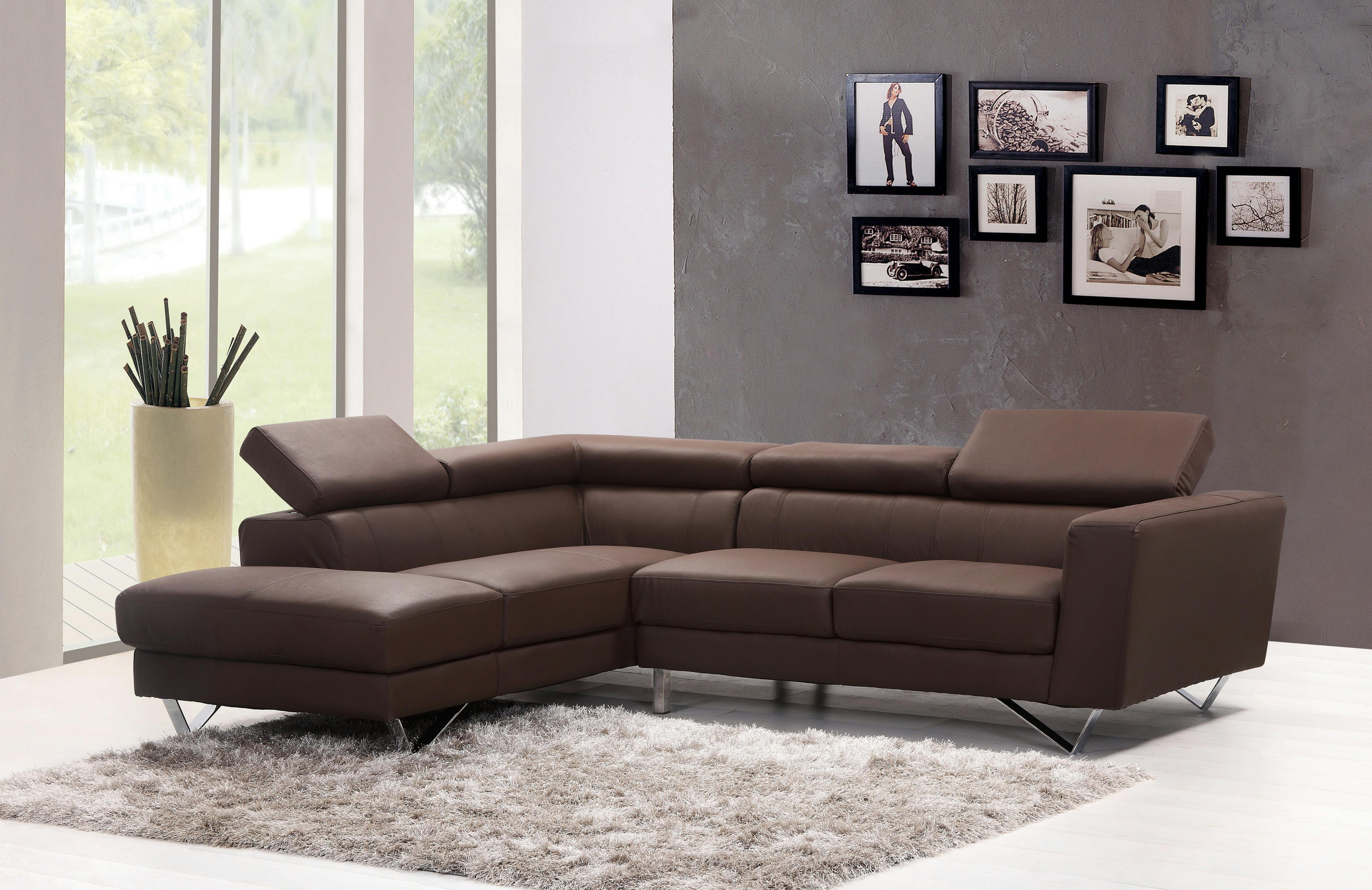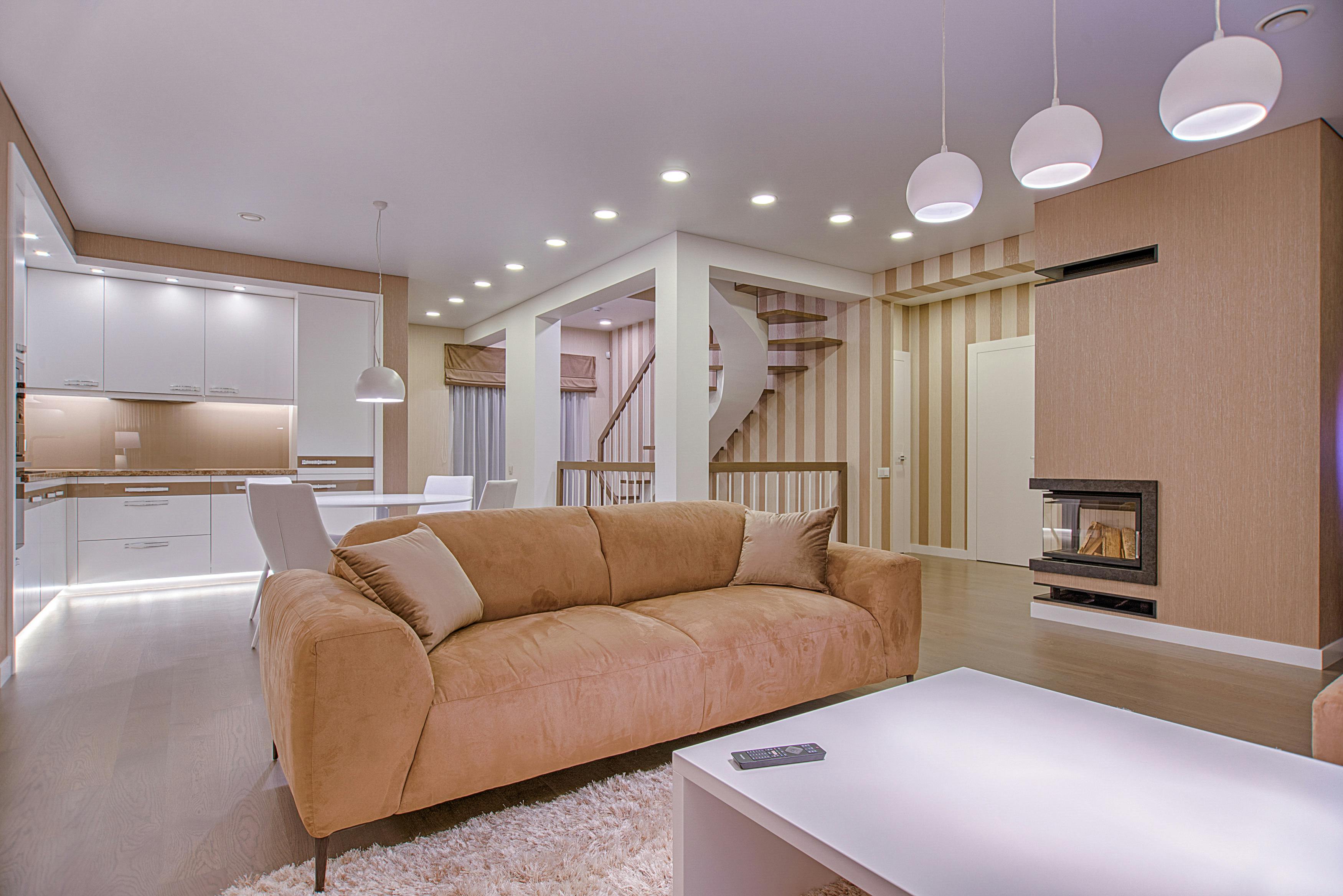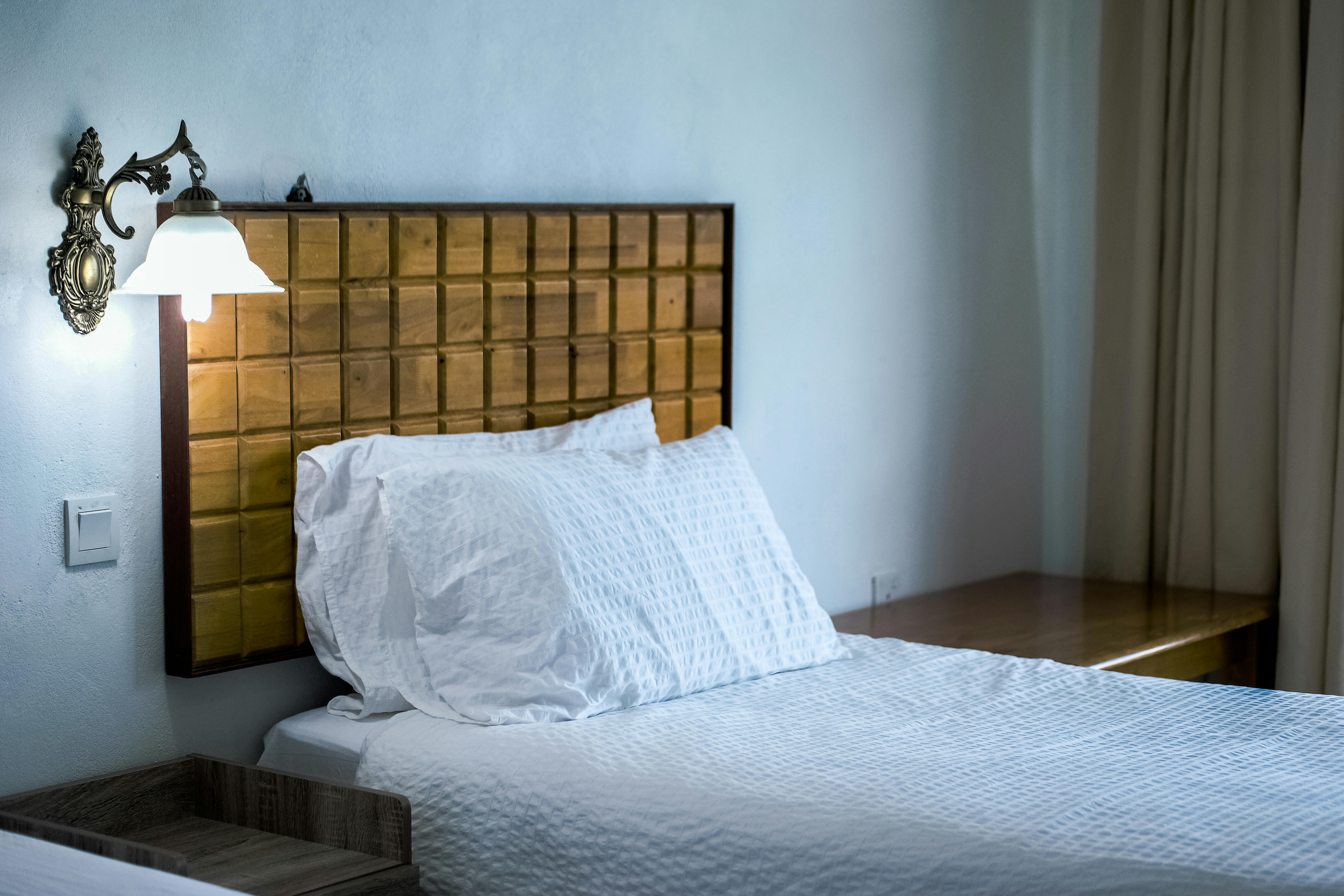
Easy Home Improvement Tips
The best easy home improvement tips are to save money on your remodeling costs. Home improvement projects are notorious for going over the original budget. If you are planning more than one remodeling project, once the first project goes over budget, it is very difficult to keep the rest of the projects within budget.
1:
Start small. A coat of paint or refinishing a floor can give a room a whole new feel and look. These projects are typically high-dollar projects and are an excellent return on your investment.
2:
Try to use the existing materials that you already have on hand. For example, if your deck is looking tired, try sanding and staining the existing deck. It will look great once you are done with the project, and it will be less expensive than building a new deck.
3:
If you need to hire a contractor or an individual to complete a project for you, get at least three different quotes.
Vinyl Vs Fiber-Cement Siding
As a homeowner, you want a low-maintenance siding that lasts a lifetime and will dramatically enhance the appearance of your home. Many new home builders are choosing fiber-cement siding over the more traditional vinyl siding. Here’s why:
Fiber-cement siding can be painted any color the homeowner desires without having to re-side the house. It is more economical and versatile than wood siding, simply because of its color retention, and doesn’t have the long-term maintenance issues of sanding, scraping, and priming. The color of vinyl siding can’t be changed and is susceptible to fading over time.
You can’t paint vinyl because it was designed to expand and contract over time, causing the paint to peel and crack. Furthermore, if repairs need to be made to vinyl siding, finding a perfect color match can be difficult, especially if it is aged and faded.
Fiber-cement siding is ideal for capturing the beauty of wood without the added work and cost. It offers beautiful, natural textures and realistic wood grains you would see on cedar siding. Fiber-cement siding comes in a wide array of colors and shapes, giving you the ability to create something unique and striking.
Fiber-cement siding is durable and guaranteed to last for up to 50 years. It can sustain harsh climates, such as those found in the snowy northern states, or the sweltering heat and humidity of the southern states. Its long-term durability, due to a higher quality interlaminate bond strength, is one reason why most fiber-cement siding manufacturers offer it with a transferable 50-year limited warranty.
On the other hand, vinyl siding becomes brittle when exposed to cold temperatures and can therefore be damaged by hail, tree limbs, or other flying debris. The strength and thickness of fiber-cement siding provide resistance against hail and wind, protecting your home from damage, as well as being coated with a top-of-the-line sealant for protection against impacts and moisture. Vinyl siding is thin and provides little resistance to airborne hazards.
Fiber-cement siding is non-combustible, meaning it won’t burn easily and is approved for fire-rated construction. Vinyl siding will melt or burn when exposed to a high source of heat or flame, and will also release toxic vapors when burned.
Fiber-cement siding is strong and durable. When painted, it is indistinguishable from the natural look of wood siding. It is extremely mildew-resistant, making it a wise choice for those who live in high-humidity areas. It comes pre-primed from the manufacturer, so all the homeowner or contractor has to do is decide on what color it should be paintedand it can be easily repainted years down the road with little prep work.
Furthermore, it not only locks out moisture, but it also avoids the damage caused by termites. It just may be the ideal and economical choice for your home.

